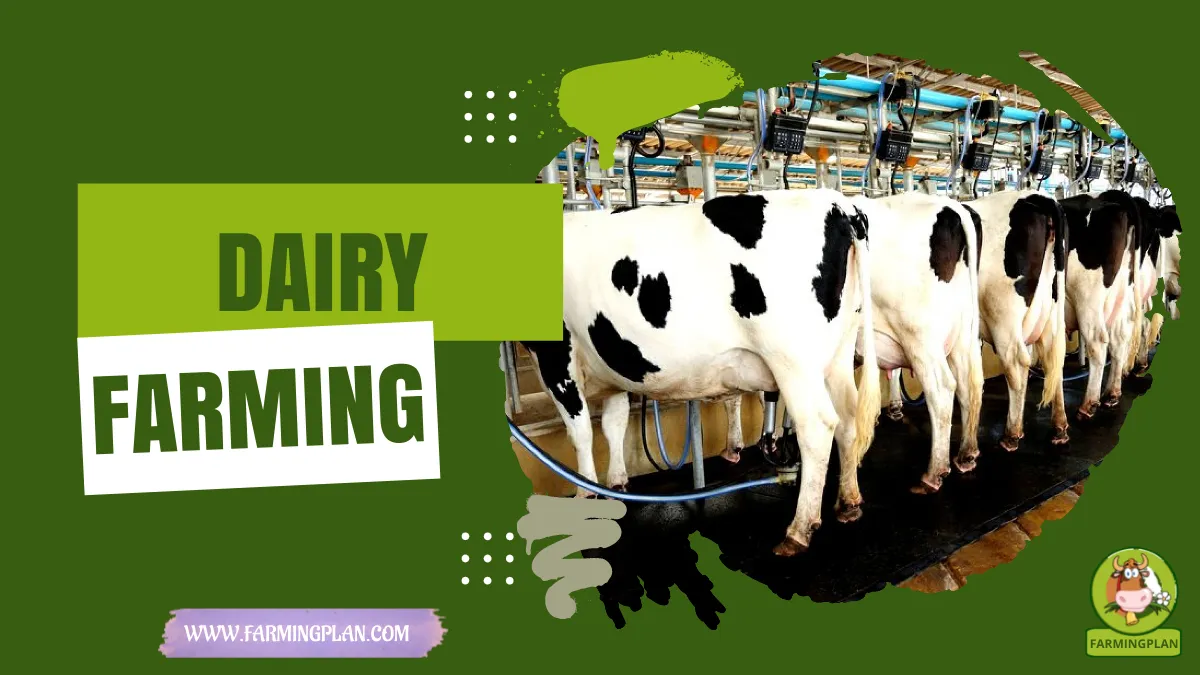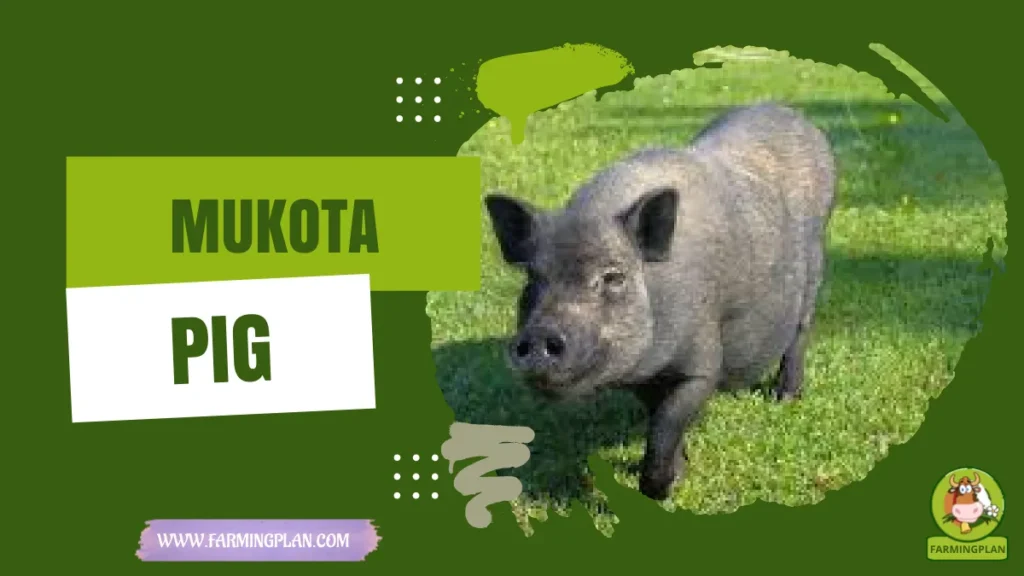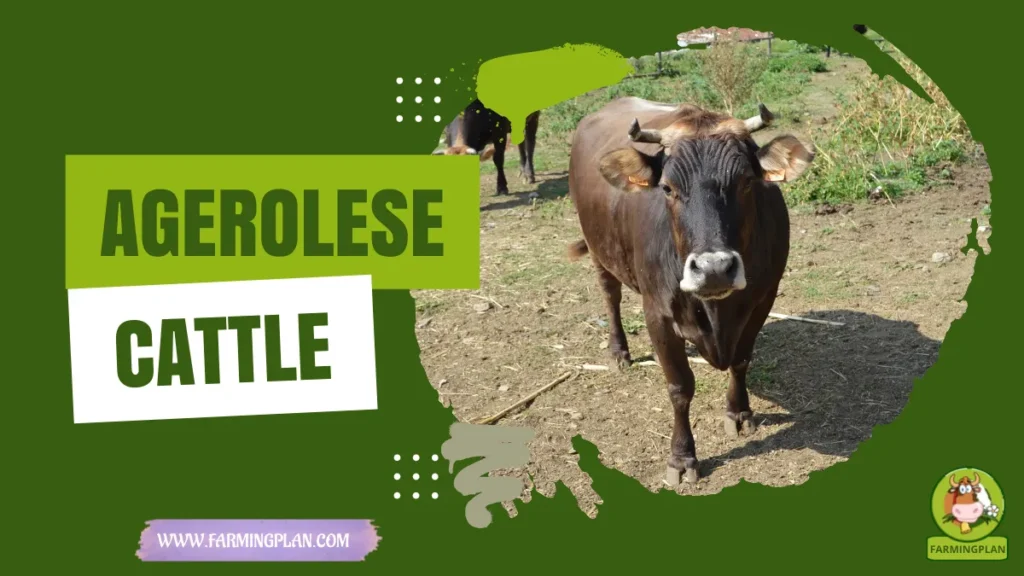Dairy farming is the process of raising dairy cattle and producing milk for sale. Dairy cows may be either a family cow or a commercial operation. The most common types of dairy cows are Holstein, Jersey, Brown Swiss, and Ayrshire. There are two main options for how to produce milk from these animals: traditional farming methods and advanced technologies. This blog post will explore some of the advantages and disadvantages of using modern technology in this industry as well as exploring some recent occurrences that have shaped this debate such as the use of antibiotics in livestock production.
So it will be essential to maintain the optimal relationship between forage material and concentrated feed. The quality of the milk will depend on this. Likewise, the basic rules for feeding dairy cattle should be taken into account. Among them, start with high-quality pastures, maximize pasture consumption, choose concentrates low in fiber percentage.

In the same way that they have the minimum cost per unit of energy, adjust the protein of the concentrate according to the type of forage. Also, have the quantity offered and the level of milk produced, provide a supplement of essential minerals and provide plenty of water. Prepare the cow nutritionally before giving birth for high performance in the next suckling.
Keep production records complete and up-to-date, feed to stimulate greater production. Also, recognize that each cow is an individual with its own requirements.
Production Systems
There are three production systems: Extensive, Intensive and Mixed.
Extensive
Here are the small producers, where the milk produced is consumed by the family. It refers to farms with two or more items, in which dairy products is one of them. The purpose is primarily consumption and surplus, is marketed. Generally, extensive farms have a low level of technology and genetic improvement is relative.
The daily production of milk is based on pastures, both natural and implanted. There is minimal concentrated supplementation throughout the year. And during the winter, cows receive chopped grass such as elephant grass and sugar cane. In this system, the cows are mestizas and the rustic facilities
Intensive
It includes commercial dairy farms, in which the main business is the production and commercialization of milk by dairy farming. Includes a genetic improvement plan with proven sires and a targeted breeding program with specialized dairy cows. They operate with varying degrees of intensity.
These dairy farms have variable levels of technification with standardized rations throughout the year, based on sorghum silage and high-quality corn, adding the high proportions of concentrates. In this system, there is a high percentage of individual production. Cows can be stalls or semi-stables. They receive their fibrous and concentrate rations in feeders and have areas destined for resting. The production is carried out in small or medium land extensions.
Mixed
About 40% of the milk produced cannot be processed due to a lack of phytosanitary controls. And approximately 75% of small and medium producers are not part of a value chain, so they sell their milk to occasional buyers. This is directly related to the low level of technology in farm management.
The common problems are the delay in the development of the calf during the breeding and rearing period, due to feeding problems. The lack of use of records in all stages of the animal and the care of cows before, during and after delivery.
Advantages
Dairy farming breeders have great opportunities to locate their raw materials. However, it will be necessary to carry out all the necessary management, introduce technology and quality food. So it is necessary to produce more, to produce between 160 to 180 liters per year. You may also like to read Charolais Cattle.
It is important for the contribution to the economic development and welfare of the population:
- Provision of high-quality protein
- Matrix strength (animal traction)
- Food reserve
- Capital accumulation
- Value-added
- Production of fertilizer (manure)
- Equity
- Reduction of production risks
- Environmental stability
Livestock production constitutes an important gross domestic contribution, even without considering the value of products such as manure or animal traction.
Disadvantages
- Consumption of cow fat associated with high levels of manure
- Risk of contagion with bovine spongiform encephalopathy
- As ruminants, contribution to the problem of “greenhouse effect”.
World Consumption
The world consumption of milk and milk products keeps growing trend in recent years. Both the consumption by Regions and the growth of the consumption of dairy products in Latin America and Asia are due to the rapid growth of the urban population with better spending capacity. You may also like to read Limousin Cattle.
Consumers around the world have a wide range of dairy products to choose from. Per capita consumption varies according to the types of economy and regions of the world. The average consumption of developed countries is around 205 kg. In contrast, in developing countries, average consumption only reaches 37 kg. In these countries, the demand continues to increase, but there is still a huge gap to fill. You may also like to read Ayrshire Cow.
FAQ
What is called dairy farming?
Dairy farming is the practice of raising cows for their milk and other products such as cheese, yogurt, butter, and ice cream. In dairy farming, cows are kept on specialized farms (often called dairies) where they are carefully bred and managed to produce large quantities of milk.
Which country is famous for dairy farming?
The top three countries in the world known for their dairy farming industry are India, the United States, and China.
What is in a dairy farm?
A dairy farm is a complex environment comprised of several components. At its core, it’s centered around producing high quality milk and other dairy products for consumption. A typical dairy farm includes the necessary infrastructure to support a large herd of cows (or other milking animals), along with all the associated equipment, personnel, and processes.
Conclusion
Dairy farming is a complicated industry, and the debate surrounding how to best produce milk from cows isn’t going away anytime soon. While there are many advantages to advanced technology in this field of agriculture, it also has its drawbacks as well. Some experts believe that traditional methods are better because they have been proven more sustainable over time while others argue that new technologies can bring about economic growth and innovation with less negative environmental impacts than traditional practices.
We hope this guide has helped you understand some of the pros and cons of both sides so you can make an informed decision on what dairy production method would work best for your farm! Thank you for reading! Good luck!
As a reference: Wikipedia


